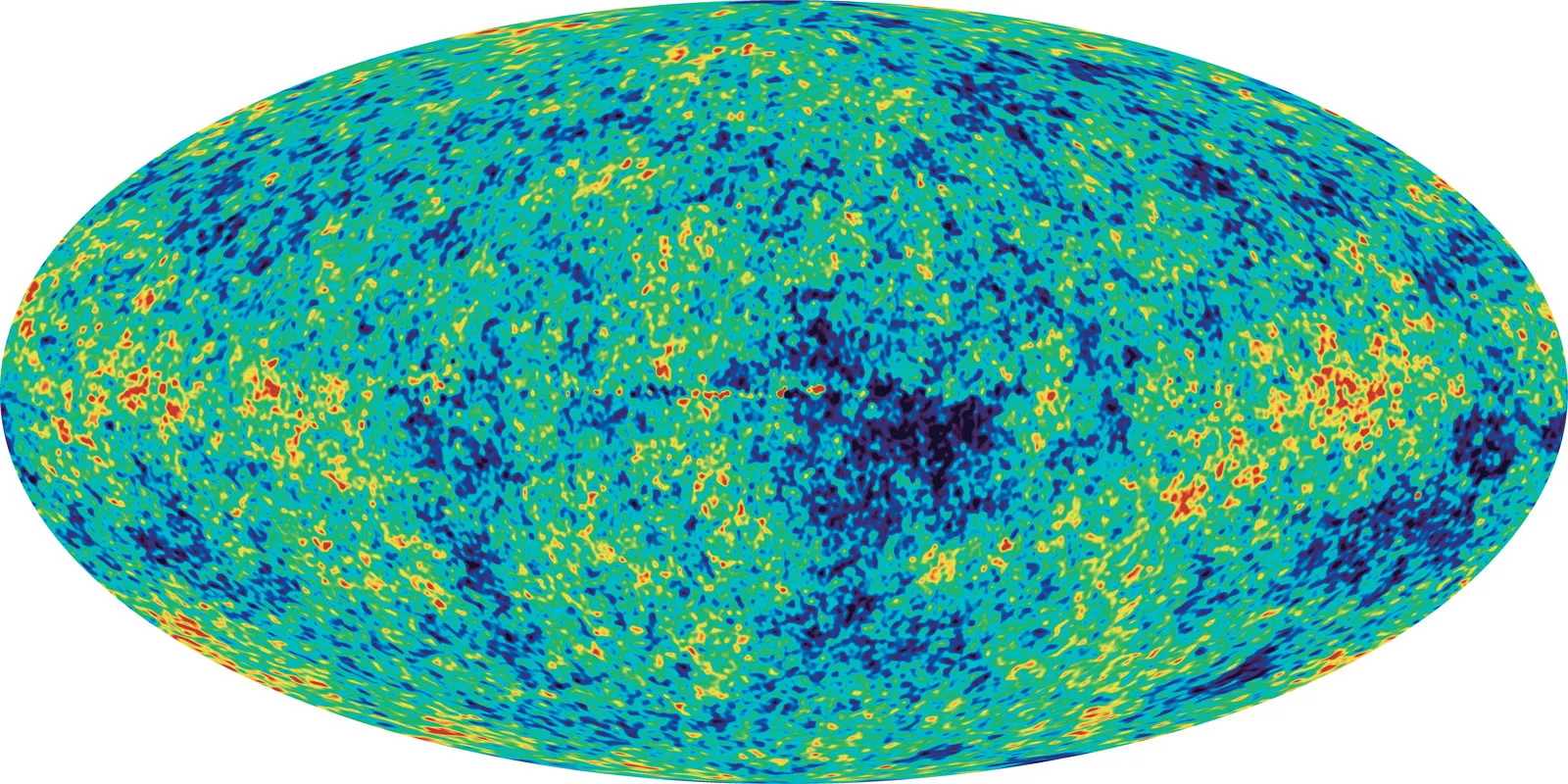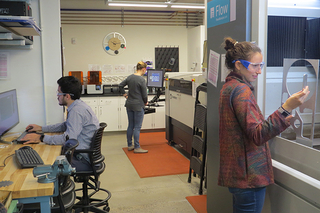Astrophysics & Cosmology Faculty
-

-
-
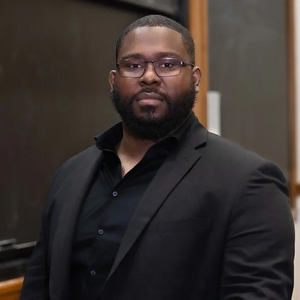
-
Physics
Karsten Heeger
Eugene Higgins Professor of Physics; Director of Wright Laboratory+1 (203) 432-3378 -

-
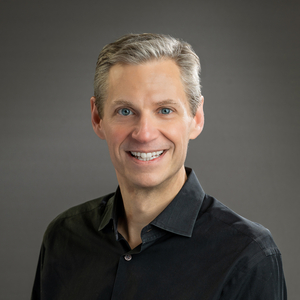
-

-
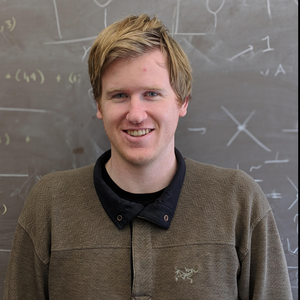
-
ALPHA, HAYSTAC, RAY
Science Goal: Search for axion dark matter using quantum and microwave technologies.
WL Involvement: Yale is responsible for systems engineering, cryogenics, and magnetics. Lamoreaux and Maruyama are PIs of HAYSTAC, Maruyama is spokesperson of ALPHA and PI of RAY.
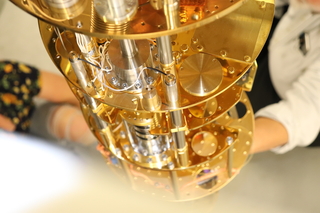
CHIME
Science goal: Measure the expansion history of the Universe and discover insights about dark energy.
WL involvement: The Newburgh group uses a technique called holography to map the beam shape of CHIME to be able to identify and remove emission from unintended sources.

CMB-S4
Science Goal: Make measurements of the Cosmic Microwave Background with an order of magnitude greater than any current experiment.
WL Involvement: Newburgh leads the data acquisition and control group, mainly building software to control and acquire data from the telescopes.
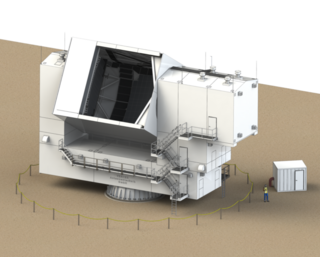
COSINE-100
Science goal: Search for direct detection of dark matter, probing for an annual modulation in the signal reported by the DAMA/ LIBRA collaboration.
WL involvement: Maruyama is the PI and scientific co-spokesperson of COSINE-100.

DESI
Science goal: Measure the effects of dark energy on the expansion of the Universe
WL involvement: The Yale Fiberview Camera—designed, built, and installed by the Baltay group at Wright Lab—is an integral part of the efficiency and precision of DESI.
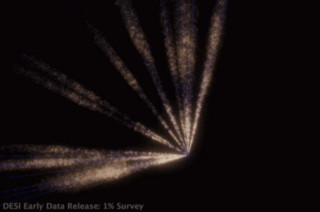
HIRAX
Science goal: Study high-redshift large-scale structure for a constraint on dark energy and transient science to understand the nature of Fast Radio Bursts (FRBs).
WL involvement: The Newburgh group is leading the development of techniques, hardware, and analysis to measure and map the HIRAX beam shape with a quadcopter drone.
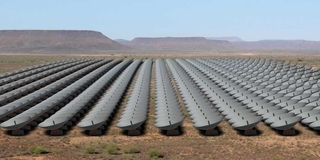
IceCube
Science goal: Search for neutrinos by studying exploding stars, gamma-ray bursts, black holes, and neutron stars.
WL involvement: The Maruyama group studies how supernovae explode, as well as fundamental properties of neutrinos.
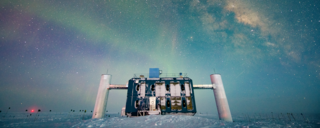
La Silla-QUEST/La Silla Schmidt Southern Survey
Science goal: Study the expansion of the Universe and dark energy.
WL involvement: The Baltay group’s work has improved the precision of the Hubble constant measurement using supernovae and variable stars as calibration standards, such that it is now better than the unexplained discrepancies.
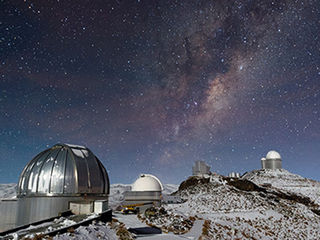
Roman Space Telescope
Science goal: Study the nature of the mysterious acceleration of the expansion of the Universe and dark energy.
WL involvement: Baltay and his collaborator Saul Perlmutter (U.C. Berkeley) have advised NASA for many years on the design and use of the Roman Space Telescope for a supernova survey. The telescope is expected to launch in 2026.
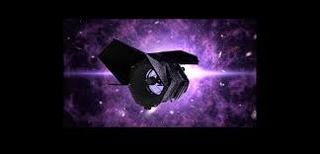
Simons Observatory
Science goal: Probe the Cosmic Microwave Background to learn more about the beginning of the Universe.
WL involvement: The Newburgh group is part of the team commissioning SO. Newburgh leads the data acquisition and control group, mainly building software to control and acquire data.
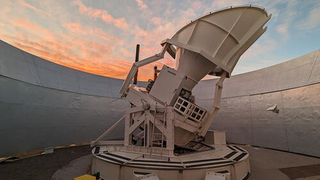
Astrophysics and Cosmology News
-
Advancing the frontiers of physics at Wright Lab through advanced prototyping
The APC at Wright Lab has provided an advanced fabrication facility and design support for custom instrumentation within the Yale community since 2018
-
Celebrating the career of David Rabinowitz
Senior research scientist David Rabinowitz ‘83 BS has retired as of November 1. Colleagues and friends gathered to celebrate.
-
Wright Lab research represented at CPAD 2025 conference
Three members of Wright Lab presented their research at the CPAD 2025 conference at the University of Pennsylvania from October 7-10, 2025.
